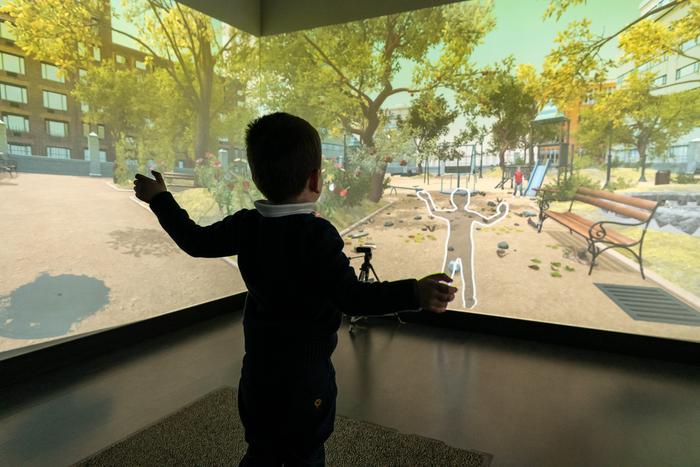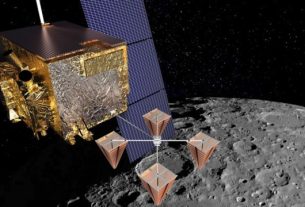Researchers at the Human-Tech Institute of the Universitat Politècnica de València (UPV) have developed a groundbreaking system that uses artificial intelligence (AI) and virtual reality (VR) to detect Autism Spectrum Disorder (ASD) in early childhood with over 85% accuracy. This innovative approach significantly outperforms traditional diagnostic methods, which typically rely on manual psychological evaluations and interviews.
Published in the journal Expert Systems with Applications, the study highlights how the new system analyzes children’s behavioral patterns and movements while performing various tasks in a virtual reality environment. These behavioral cues are then processed using advanced AI algorithms to accurately identify potential signs of ASD.
The UPV team tested several machine learning techniques to determine the most effective method for early autism detection, offering a more objective, scalable, and efficient alternative to conventional diagnostic tools.
This breakthrough has the potential to revolutionize early autism screening, enabling faster intervention and improved outcomes for children on the spectrum.
“The use of virtual reality allows us to use recognizable environments that generate realistic and authentic responses, imitating how children interact in their daily lives. This is a significant improvement over laboratory tests, in which responses are often artificial. With virtual reality, we can study more genuine reactions and better understand the symptoms of autism,” says Mariano Alcañiz, director of the Human-Tech Institute at the UPV.
The virtual system consists of projecting, on the walls of a room or a large-format screen, a simulated environment in which the child’s image is integrated while performing multiple tasks, captured by a camera that analyses their movements.
“This method standardizes the detection of autism by analyzing biomarkers related to behavior, motor activity and gaze direction. Our system only requires a large screen and a type of camera that is already on the market and is cheaper than the usual test-based evaluation method. Without doubt, it would facilitate access to diagnosis as it could be included in any early intervention space,” emphasizes Mariano Alcañiz.
In addition, the latest results of the work of the Human-Tech Institute team suggest that the new AI can be adapted and trained to analyze the movements of ASD patients in other tasks. ‘This opens the door to future explorations of the motor symptomatology of autism such as: what are the motor characteristics of autistic children when walking or talking?” adds Mariano Alcañiz.




